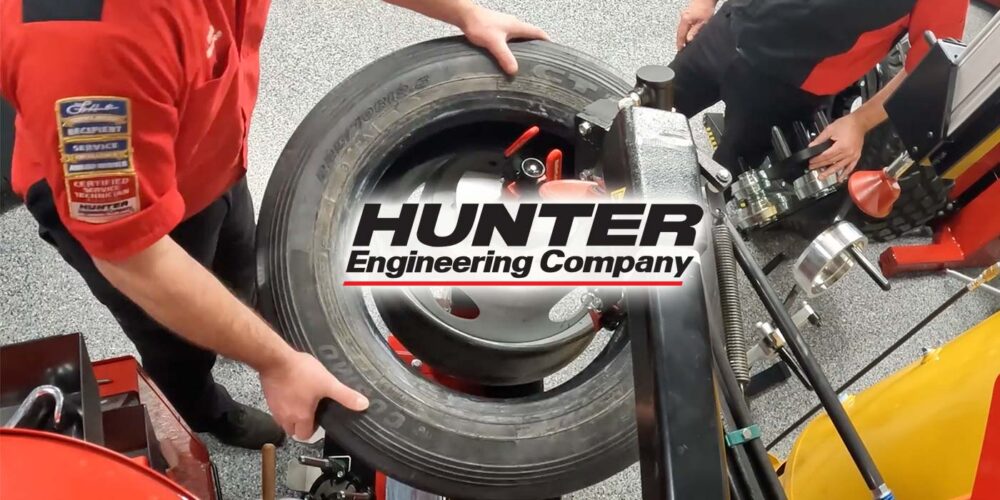Buying a quality brake pad is like purchasing prescription medicine. You are not just paying the cost to manufacture, package and market the pill. The bulk of what you are paying for is research, development and testing. The same is true for brake pads.
Replacement brake pads require a great deal of engineering because they are made for a specific vehicle or platform. A new application involves testing on both dynamometers and vehicles.
As a technician, it can be challenging to judge a brake pad before you install it on a vehicle. But, doing your homework and looking for specific visual cues can help you make the right choice.
First, you must understand a brake pad is part of a more extensive ecosystem. At the corner of the vehicle, you have a rotor, caliper and it is attached to the steering and suspension components. These components, for the most part, do not change during the brake job. But, when the brake pads are replaced, you could be throwing a variable into the equation that could unbalance the entire system.
The amount of brake pedal effort required to stop a vehicle is affected by the friction of the brake pads. The better coefficient of friction of a brake pad for that application specific formulation can produce will mean better pedal feel and subsequent stopping distance.
The OEM engineered the entire braking system, including the ratio of the pedal, size of the master cylinder and the diameter of the caliper’s system to work with the friction material’s coefficient of friction. But, it is still not that simple.
The friction material must also have a constant coefficient of friction across a broad temperature range and environmental conditions. If a brake pad can do this, it will have a superior pedal feel, and it will reduce the chances of noise and ensure proper stopping distance.
Other attributes of a disc pad such as chamfers and slots can control how the edge of the pad interacts with the rotors and can help prevent noise. There is extensive engineering behind a chamfer or slot . A chamfer prevents noise when the pad is first applied. In addition, a slot can help to break up specific harmonics in the brake system and dissipate heat and water.
The foundation of the disc pad is the metal backing plate. The backing plate needs to be stamped from the correct thickness of the steel. The tooling must stamp the blank with the proper tolerances for the surfaces that contact the caliper bracket and abutment clips. Some brake pad manufacturers will use worn-out dies, and the resulting backing plate will be larger than the desired dimensions. When you install the pad, you might have to grind or file away the edges to get the pad to fit. High-quality brake pad manufacturers have rigorous quality control processes to catch these problems before they get to you.
Brake shims are not ornamental or a way to adjust for spacing. Shims provide multifunction noise control as a component attached to the friction pad backing plate. A quality brake shim will match the OEM’s original shim and prevent brake noise during the entire life of the brake job.
Like all springs, brake hardware can fatigue over time due to movement and lose spring tension. The heat from the brakes can also take the spring out of the hardware. Even if an anti-rattle clip or abutment clip looks fine, it might not be able to control the movement of the pads in the bracket that could cause noise. This is why hardware always needs to be replaced. This comes to the most important criteria when evaluating a set of replacement brake pads, reputation. If the manufacturer has OEM supplier experience, chances are they are going to have the laboratories and facilities to engineer a high-quality brake pad for your application.
This video is sponsored by ZF Aftermarket.













